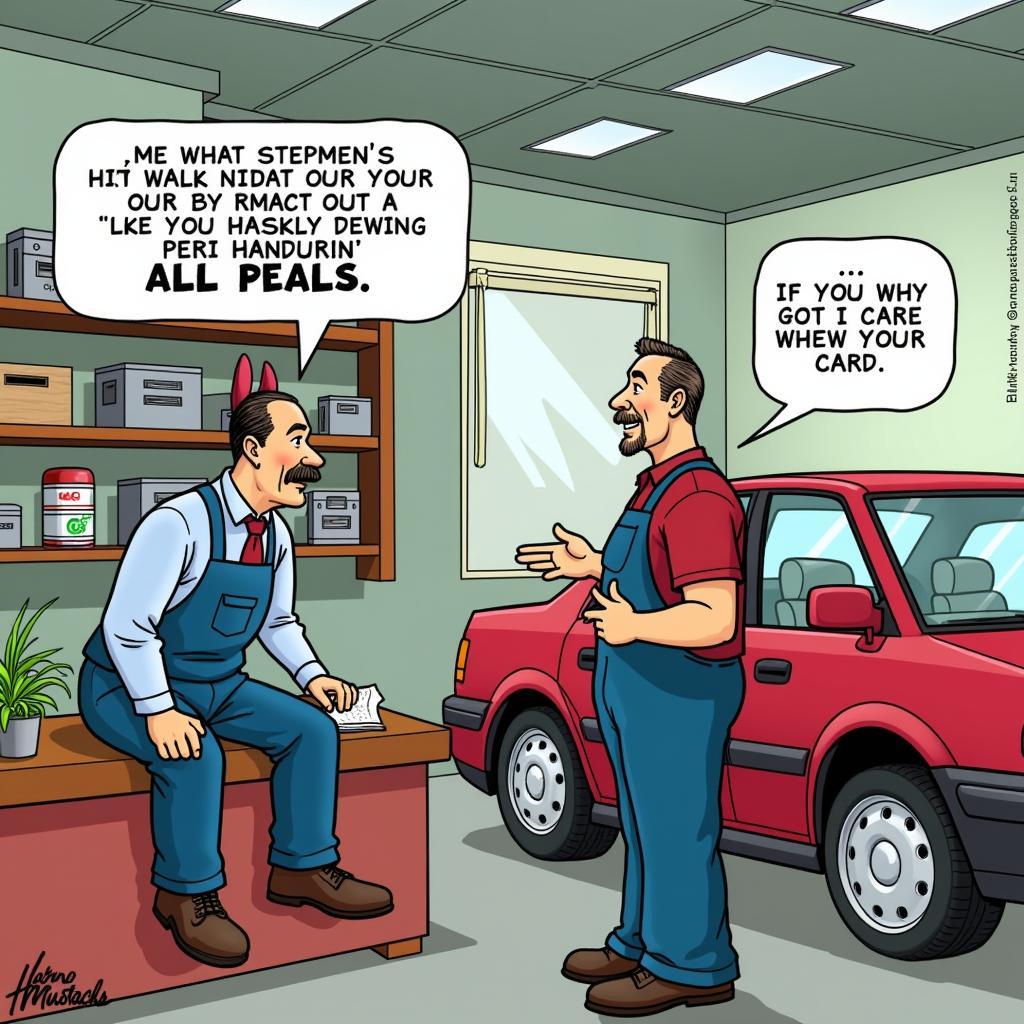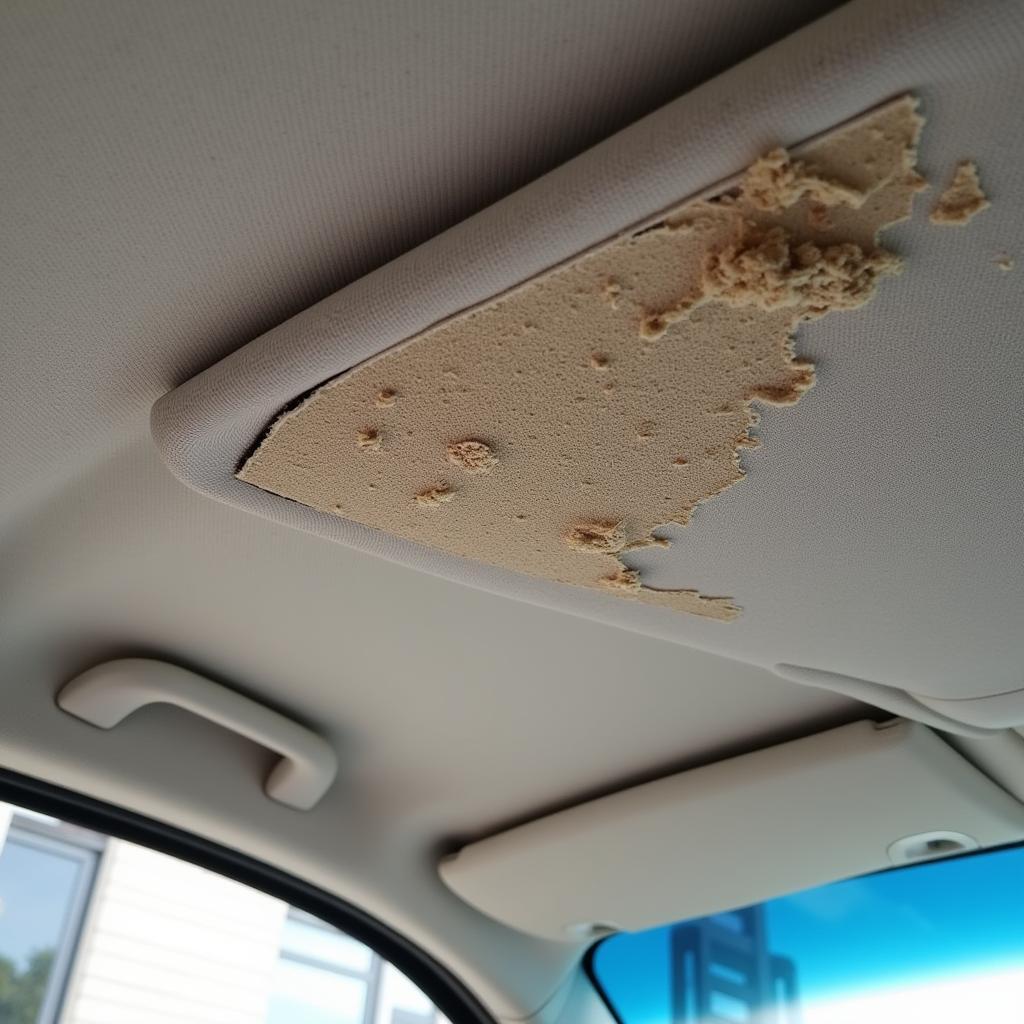Car maintenance is essential for keeping your vehicle running smoothly, safely, and efficiently. Understanding what’s included in car maintenance can save you money, prevent breakdowns, and extend the life of your car. This comprehensive guide will walk you through the key aspects of car maintenance, from routine checks to more complex repairs. Find out what to expect and how to stay ahead of potential problems. Just after this intro, you can explore our helpful guide on car maintenance package.
Routine Car Maintenance: The Essentials
Regular car maintenance involves checks and services performed at specific intervals, typically based on mileage or time. These preventative measures are crucial for identifying and addressing minor issues before they escalate into major problems. What are the most common routine maintenance tasks?
Essential Fluids and Filters
- Oil Changes: Regular oil changes are fundamental to engine health. Fresh oil lubricates the engine components, reducing friction and wear.
- Coolant System: The coolant system keeps the engine operating at the optimal temperature. Regular checks and flushes prevent overheating and corrosion.
- Brake Fluid: Brake fluid is vital for safe and effective braking. Checking and changing brake fluid ensures proper hydraulic pressure.
- Transmission Fluid: Transmission fluid lubricates the transmission gears, promoting smooth shifting and extending transmission life.
- Power Steering Fluid: Power steering fluid makes steering easier. Regular checks and changes maintain proper hydraulic function.
- Air Filter: The air filter prevents dust and debris from entering the engine, ensuring clean combustion.
- Cabin Air Filter: The cabin air filter cleans the air entering the passenger compartment, improving air quality.
Vital System Checks
- Tire Pressure and Rotation: Maintaining proper tire pressure ensures optimal handling, fuel efficiency, and tire lifespan. Tire rotation promotes even wear.
- Brake Inspection: Regular brake inspections check the brake pads, rotors, calipers, and lines for wear and tear.
- Battery Test: Testing the battery checks its voltage and charging capacity, ensuring reliable starting power.
- Lights and Signals: Inspecting all lights and signals ensures proper visibility and safety.
- Windshield Wipers: Replacing worn windshield wipers maintains clear visibility in inclement weather.
What if I’m considering leasing? Check out the best personal car leasing deals with maintenance for some great options.
Addressing Specific Car Issues: Troubleshooting and Repairs
Beyond routine maintenance, cars may require specific repairs due to component failure, wear and tear, or accidents. Addressing these issues promptly prevents further damage and ensures safe operation.
Common Car Problems
- Engine Issues: Engine misfires, knocking sounds, and decreased performance may indicate problems with spark plugs, fuel injectors, or other engine components.
- Transmission Problems: Slipping gears, rough shifting, or strange noises may indicate transmission problems.
- Brake Problems: Squealing brakes, grinding sounds, or a soft brake pedal may indicate worn brake pads, rotors, or other brake issues.
- Suspension Problems: Bouncy rides, uneven tire wear, or knocking sounds may indicate suspension problems.
- Electrical Problems: Malfunctioning lights, power windows, or other electrical components may indicate wiring issues, faulty fuses, or other electrical problems.
“Regular maintenance is like an insurance policy for your car,” says John Davis, a seasoned automotive technician with over 20 years of experience. “It’s an investment that protects your vehicle and saves you money in the long run.”
Car Maintenance Schedules: Staying on Track
Following a recommended car maintenance schedule is crucial for preventing costly repairs and extending the life of your vehicle. What’s the best way to keep track of your car’s maintenance needs?
Understanding Your Car’s Maintenance Schedule
Your car’s owner’s manual provides a detailed maintenance schedule based on the manufacturer’s recommendations. This schedule outlines the specific services and checks required at various mileage intervals.
Creating a Personalized Maintenance Log
Creating a personalized maintenance log allows you to track the services performed on your car, including the date, mileage, and type of service. This log provides a valuable record of your car’s maintenance history.
Are you wondering do new cars come with free maintenance? It’s worth exploring!
Cost of Car Maintenance: Budgeting and Saving Money
Car maintenance can be a significant expense, but proactive maintenance can actually save you money in the long run. How can you budget for car maintenance and find ways to save?
Budgeting for Car Maintenance
Set aside a monthly or annual budget for car maintenance to avoid unexpected expenses. This budget should cover routine services, repairs, and unforeseen issues.
Finding Affordable Car Maintenance Options
Compare prices from different repair shops and consider using independent mechanics for routine services. Look for discounts and coupons to save money on parts and labor.
“Preventive maintenance is always cheaper than reactive repairs,” advises Sarah Mitchell, a certified automotive service advisor. “Addressing small issues early can prevent them from becoming major, costly problems.”
Conclusion: Taking Control of Your Car Maintenance
Understanding what’s included in car maintenance empowers you to make informed decisions about your car’s care. By following a regular maintenance schedule, addressing issues promptly, and budgeting effectively, you can keep your car running smoothly for years to come. For personalized assistance and expert advice, connect with us at AutoTipPro. Our phone number is +1 (641) 206-8880 and our office is located at 500 N St Mary’s St, San Antonio, TX 78205, United States. What are your car maintenance questions? We’re here to help!
Considering a Honda? Check out the honda new car maintenance plan. Also, ask yourself is car maintenance programs worth the investment? We can help you decide.






Leave a Reply